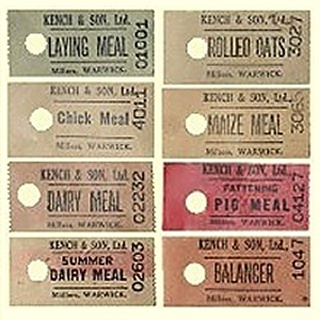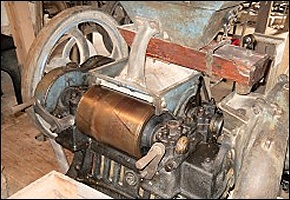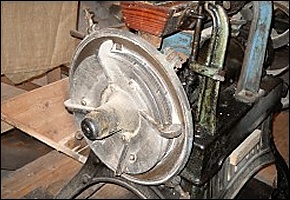 |
||||
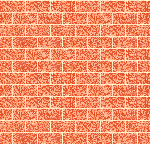 |
Combined Milling Machine | |||
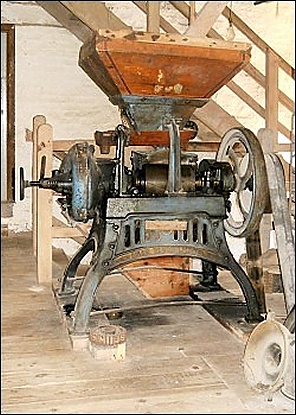 |
|
|
||
|
|
||||
|
This combined milling machine, made in the early
1900's, has the name "Henry Bamford & Sons", a forerunner
of JCB, cast into the supporting frame. It was designed to produce
animal feedstock, either by crushing between a pair of adjustable
rollers or by coarse grinding, or 'kibbling', using a pair of conical
grooved steel plates, one fixed, the other rotating. The gap between the
plates is adjusted depending on the material being milled and the
quality of the product being produced to be suitable for a range of
animals and purposes. After the required product had been transferred |
||||
